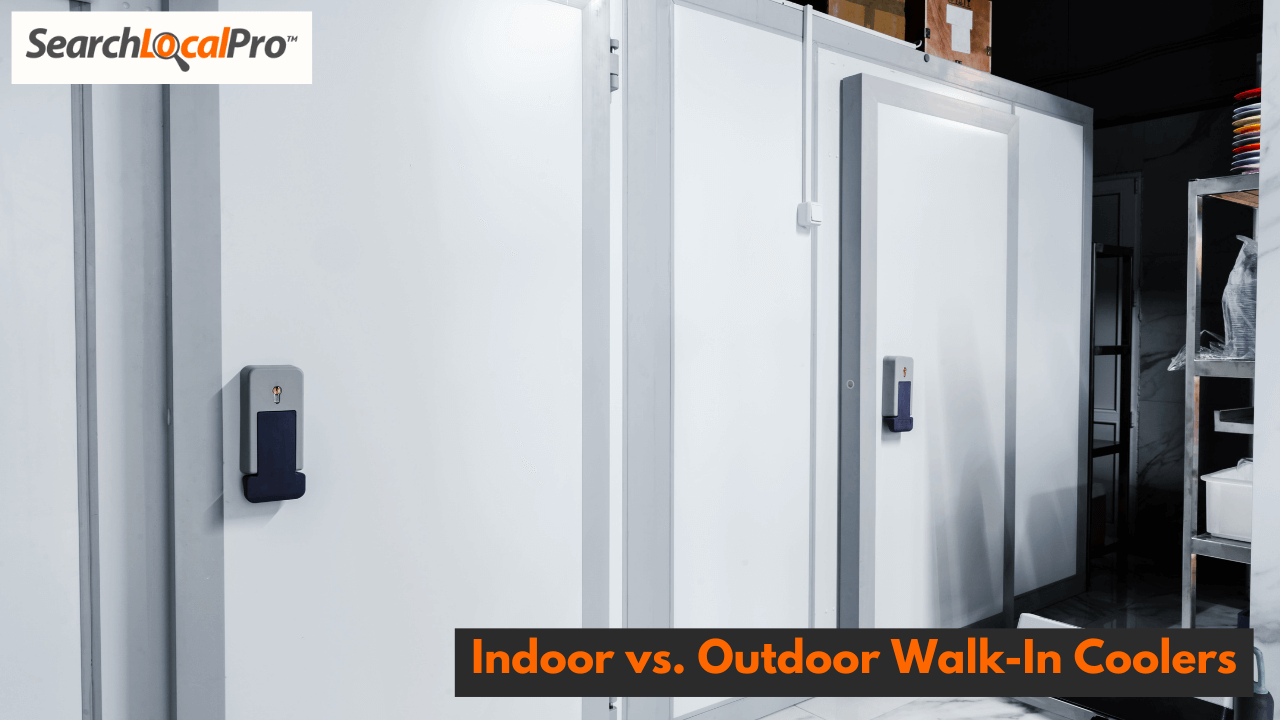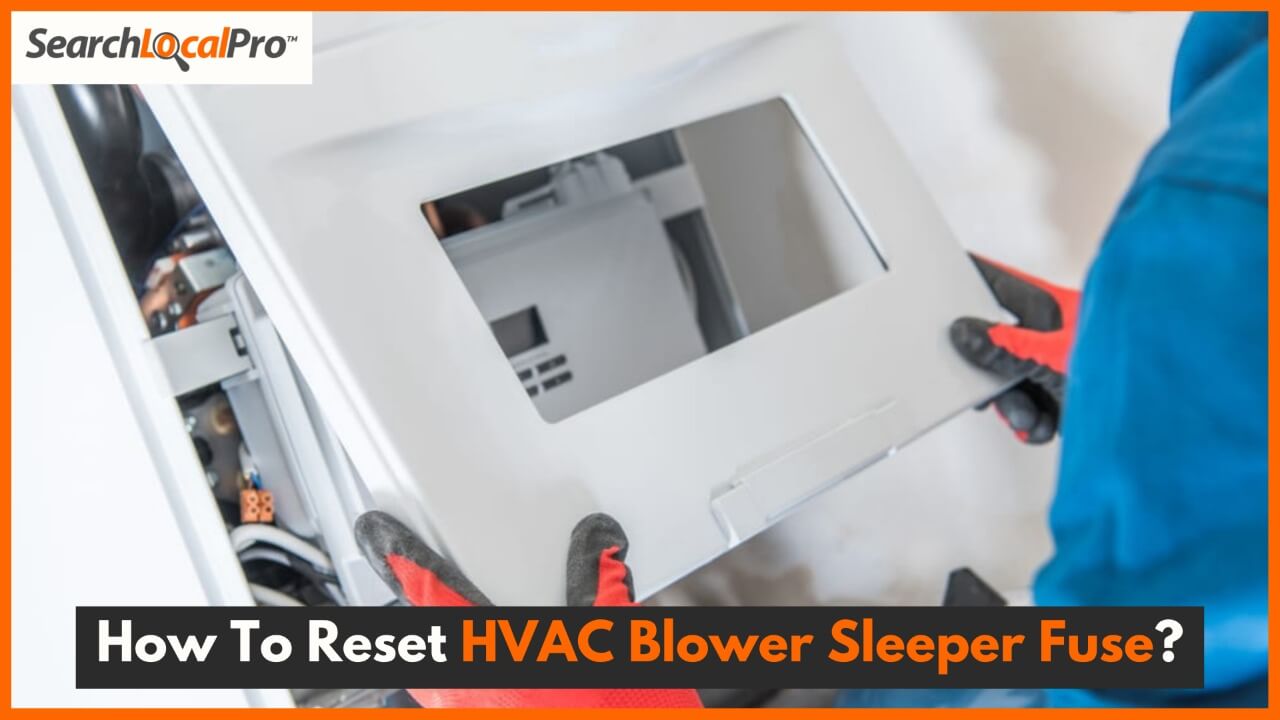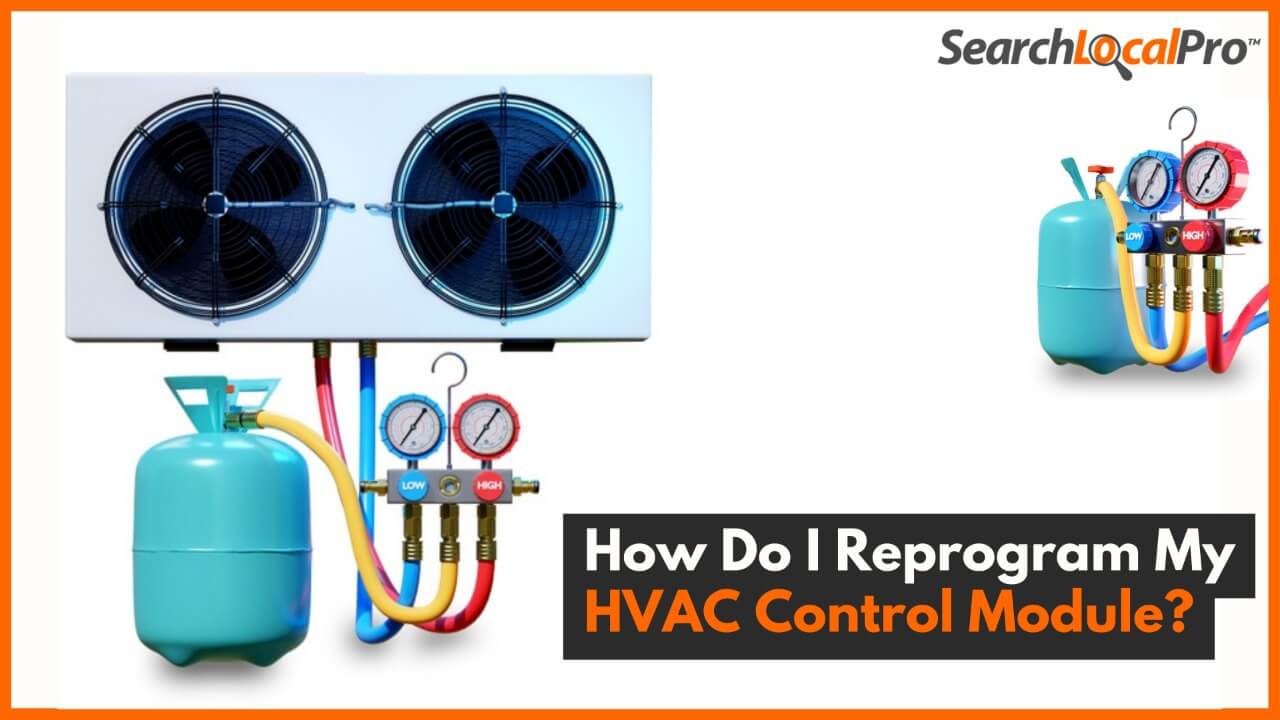When it comes to walk-in coolers, businesses often face the decision of whether to install them indoors or outdoors. Both options have unique benefits and challenges, depending on factors like space availability, energy efficiency, and accessibility. In this article, we’ll explore the pros and cons of indoor and outdoor walk-in coolers, covering everything from installation requirements to energy efficiency, safety, and cost.
Installation and Location of Walk-In Coolers: Where Does the Walk-in Fit?
The first consideration for any walk-in cooler is its location. Placing it indoors or outdoors can affect everything from energy costs to access convenience. Indoor walk-ins are typically installed in kitchens, storage areas, or basements, while outdoor units are often adjacent to loading docks or back entrances.
Space Requirements
One of the most significant factors is available space. Indoor installations require a designated area that meets cooling and ventilation needs without interfering with other operations. In contrast, outdoor coolers require sufficient exterior space, potentially reducing the need to sacrifice indoor storage.
Size and Capacity
Indoor walk-in coolers tend to be smaller due to indoor space limitations, which may restrict storage capacity. Outdoor units, however, can be larger and more customizable since they aren’t limited by interior room constraints. For businesses needing ample cold storage, an outdoor unit may be more practical.
Energy Efficiency of Walk-In Coolers
Energy efficiency plays a crucial role in long-term operating costs. Choosing the right location—indoor or outdoor—can impact energy usage.
Indoor Units
Indoor walk-in coolers often benefit from being in a climate-controlled environment, which reduces the need for the cooling system to work as hard. However, they generate heat that can affect indoor temperatures, potentially leading to increased cooling costs for the surrounding area.
Outdoor Units
Outdoor units, while exposed to external weather conditions, often come with advanced insulation to offset extreme temperatures. These units might need to work harder in hot weather, but they don’t affect indoor temperatures. In colder climates, outdoor walk-in coolers may use less energy in winter, naturally maintaining a cool environment.
Accessibility
When selecting a location, accessibility is key. Indoor units are typically easier to access, especially for employees who need to retrieve items frequently. Outdoor units, however, may require staff to go outside, which can be inconvenient during extreme weather.
Get Commercial Refrigeration Installation
Outdoor Walk-In Coolers
Outdoor walk-in coolers are built to withstand weather conditions and are equipped with durable insulation and protective coatings.
Advantages of Outdoor Walk-In Coolers
- Space-Saving: Outdoor coolers don’t take up valuable indoor space, making them ideal for businesses with limited room.
- Reduced Indoor Heat: They don’t contribute to indoor heat, which can be beneficial in warm climates.
- Larger Capacity Options: Outdoor coolers allow for more flexibility in size and design, accommodating greater storage needs.
Disadvantages of Outdoor Walk-In Coolers
- Weather Exposure: Outdoor units are exposed to rain, snow, and extreme temperatures, which can lead to higher maintenance costs.
- Accessibility Challenges: Access can be inconvenient during severe weather, potentially slowing down service.
- Higher Energy Costs in Extreme Weather: In very hot or cold climates, outdoor units may consume more energy to maintain optimal temperatures.
Indoor Walk-In Coolers
Indoor walk-in coolers are a popular choice for businesses with sufficient space. These units are installed in climate-controlled areas, allowing for stable temperatures.
Advantages of Indoor Walk-In Coolers
- Convenient Access: Indoor units are typically more accessible, improving efficiency for staff who need to retrieve items quickly.
- Weather Protection: Indoor units are protected from extreme weather, reducing wear and tear.
- Energy Efficiency in Moderate Climates: Since they’re indoors, these units operate in stable temperatures, which can improve energy efficiency.
Disadvantages of Indoor Walk-In Coolers
- Space Limitations: Indoor coolers require significant indoor space, which can be a drawback for small businesses.
- Increased Indoor Heat: They generate heat, which can affect the temperature of nearby areas, increasing HVAC costs.
- Restricted Capacity: Indoor walk-ins may be smaller due to space limitations, which could restrict storage.
Comparison: Outdoor vs. Indoor Walk-In Coolers
| Feature | Outdoor Walk-In | Indoor Walk-In |
|---|---|---|
| Space Requirements | Requires outdoor space | Takes up indoor space |
| Weather Exposure | Exposed to elements | Protected from weather |
| Accessibility | May require going outside | Convenient indoor access |
| Capacity | Larger and customizable | Often smaller, limited space |
| Energy Efficiency | Varies with climate | Generally stable efficiency |
| Maintenance | Higher in harsh climates | Lower in moderate climates |
Compliance and Safety Considerations for Walk-Ins
Both indoor and outdoor coolers must meet local building codes and safety standards. Outdoor units often require additional weatherproofing and security measures to prevent unauthorized access. Indoor units, however, must meet ventilation and fire safety standards.
FAQs About Outdoor and Indoor Walk-In Coolers
1. What are the energy efficiency differences between outdoor and indoor walk-in Coolers?
Indoor units generally have stable energy consumption, as they operate in controlled temperatures. Outdoor units may have fluctuating energy demands based on climate but can be efficient with proper insulation.
2. Are outdoor walk-ins generally cheaper than indoor?
Initial installation costs may be similar, but outdoor units can require additional weatherproofing, which may add to the expense.
3. Which placement is more energy-efficient?
Indoor units are often more energy-efficient due to stable temperatures. However, in cold climates, outdoor units might use less energy during winter months.
4. Is it more expensive to maintain an outdoor walk in cooler?
Outdoor units can have higher maintenance costs, especially in harsh climates. Weatherproofing and protective coatings help but may require regular upkeep.
5. Is an outdoor walk in cooler noisier than indoor?
Yes, outdoor units may be noisier as they’re not shielded by indoor walls, but the sound is usually less noticeable to those inside the building.
6. Does placement affect the lifespan of the walk-in cooler unit?
Outdoor units might have a shorter lifespan due to exposure to weather, while indoor units are generally more protected.
7. What are the most common code requirements for walk-in cooler placement?
Common requirements include ventilation for indoor units, weatherproofing for outdoor units, and compliance with local building and safety codes.
8. What steps should I take to protect outdoor cooler from harsh weather?
Insulating the unit, applying weatherproof coatings, and installing a shelter can protect it from harsh weather conditions.
9. Can I use outdoor refrigeration in cold climates?
Yes, outdoor refrigeration can be used in cold climates, and it may even use less energy during colder months.
10. How can I ensure easy access to outdoor walk-in refrigeration in all weather conditions?
Clear pathways, anti-slip mats, and overhead shelters can improve accessibility and safety during adverse weather.
11. What security measures are recommended for outdoor walk-in coolers?
Installing locks, surveillance cameras, and fencing can help secure outdoor units from unauthorized access.
12. How will the heat generated by indoor walk-in refrigeration impact my indoor temperature?
Indoor units produce heat that can raise temperatures in nearby areas, potentially increasing HVAC costs.
Conclusion
Deciding between an indoor or outdoor walk-in cooler depends on factors such as space, accessibility, energy efficiency, and local climate. Indoor coolers are generally more energy-efficient and accessible but take up valuable space and may add heat to the building. Outdoor coolers, while space-saving and offering larger capacity, may require more maintenance and security measures.
Both indoor and outdoor walk-in coolers have unique advantages, so consider your specific needs, climate, and budget before making a decision.




